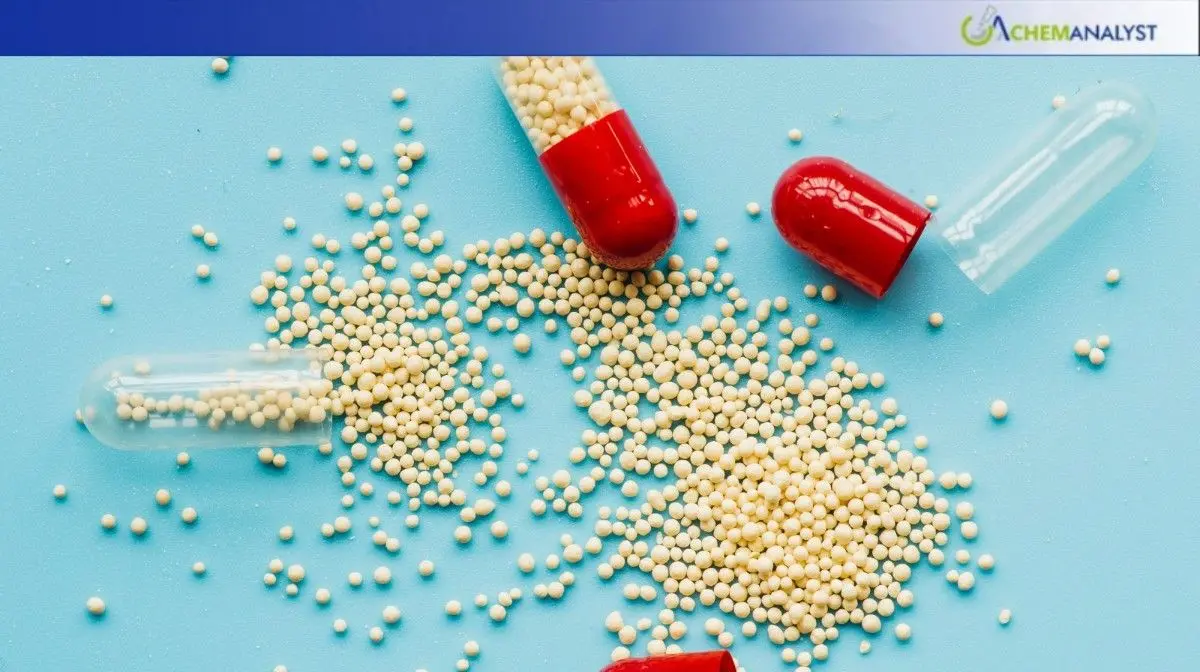Welcome To ChemAnalyst

In September 2025, DNCB prices in India fell by 9.3%, led by lower costs of feedstock and a change in regulation. Lower prices of Benzene and Nitrobenzene impacted production costs of DNCB and a decrease in GST to 5% for industrial intermediates affected selling prices. The demand for DNCB declined because of a decline in orders of exports partly due to the stiff increases in tariffs imposed by the US on Indian imports. Despite a slowdown in manufacturing, elevated production from Gujarat and Maharashtra led to high inventory levels, prompting suppliers to offer discounts to clear excess stock. The demand for DNCB declined as the markets were well catered to in respect of stocks. Domestic demand remained stable, supported by pharmaceutical and agrochemical sectors, but export uncertainties loom. With high inventories and trade barriers persisting, DNCB prices face cautious prospects. Producers are exploring derivatives to offset risks, but market stability depends on resolving global trade issues, highlighting the complex interplay of policy, supply, and demand.
Indian Dinitrochlorobenzene market saw a sharp decline in September as DNCB prices fell by x.xx, one of the biggest monthly drops in recent times. This sharp fall in DNCB prices exposed the vulnerabilities in India’s speciality chemicals market amidst global trade fluctuations and domestic policy changes.
The fall in DNCB prices was mainly due to softening of upstream costs which eroded producer margins and forced aggressive pricing. Benzene, a key feedstock for DNCB production had already weakened in August xxxx and Indian spot prices had dipped due to high refinery output and low demand. This trend continued in September where Benzene remained steady at lower levels and gave no respite to DNCB manufacturers. To add to the woes, Nitrobenzene prices, another precursor in the manufacturing process of DNCB, fell in September. The cumulative effect of these feedstock reductions reduced the overall cost of production...
We use cookies to deliver the best possible experience on our website. To learn more, visit our Privacy Policy. By continuing to use this site or by closing this box, you consent to our use of cookies. More info.
